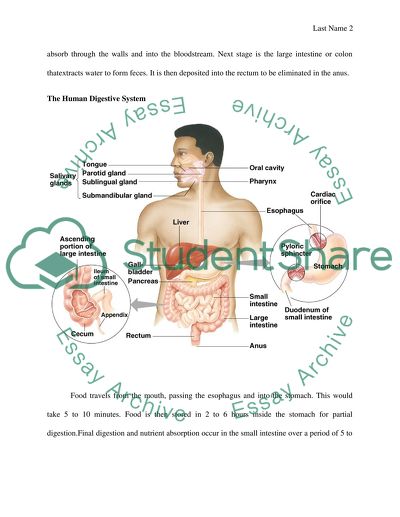Cite this document
(“The Anatomy of Human Digestive System Term Paper”, n.d.)
Retrieved from https://studentshare.org/biology/1433316-wiki-project-nervous-system
Retrieved from https://studentshare.org/biology/1433316-wiki-project-nervous-system
(The Anatomy of Human Digestive System Term Paper)
https://studentshare.org/biology/1433316-wiki-project-nervous-system.
https://studentshare.org/biology/1433316-wiki-project-nervous-system.
“The Anatomy of Human Digestive System Term Paper”, n.d. https://studentshare.org/biology/1433316-wiki-project-nervous-system.


